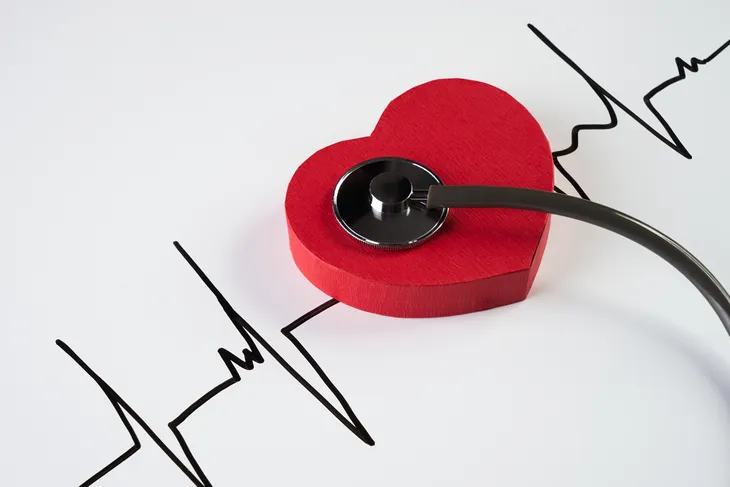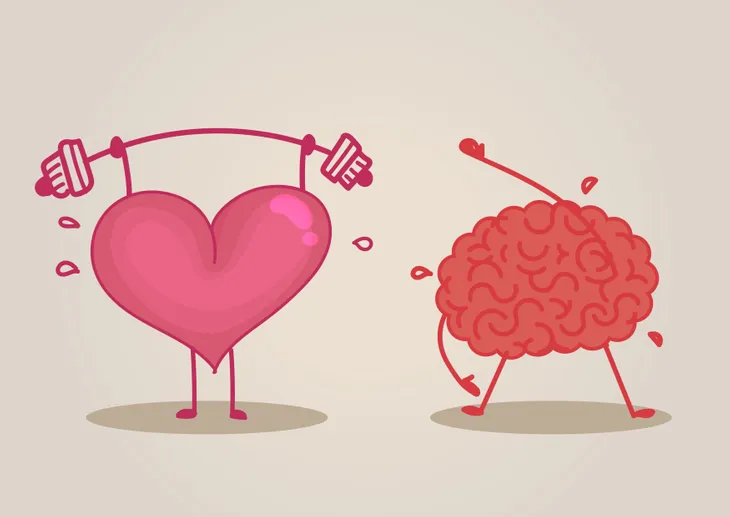Many of us exercise to make movement more efficient. For me, I like to use the term, “use it or lose it,” to sum up why I walk to get my groceries or run to complete my weekend errands. In essence, I keep up physical activity so I don’t lose the ability to walk and run places as I age.
According to more recent studies, exercise affects our circadian rhythms, which work as our built in clocks, more than we might think…
1. What are Circadian Rhythms?
Think of circadian rhythms as the body’s so-called internal clock. Everything we do as humans and animals—including waking, sleeping, eating, digesting, warding off illness, and moving around—is set and timed by these inner chrono-biological rhythms.
Research from the National Institutes of Health, General Medical Sciences, shows that essential mental behavioral, and physical functions—like metabolism, digestion, heart rate, and hormones—are all controlled by this 24-hour cycle that responds to light and darkness in the surrounding environment.
2. How Exercise Impacts Circadian Rhythms
While the bodies function according to this internal clock, studies show that exercise can alter our circadian rhythms in positive ways. For instance, a 2012 lab study from the University of California, Los Angeles’s Brain Research Institute, found that physical exertion can influence our built-in body clocks, including re-synching when we move and when we’re sedentary (i.e., sleep).
The study tested a group of lab mice running on wheels—half with so called “healthy” internal clocks and half with “malfunctioning” internal clocks. Findings showed that mice with disrupted internal clocks—which had difficulty sleeping, cardiovascular issues, weight issues, extreme fatigue, and low immunity—experienced improved circadian rhythms with exercise.
3. Natural Circadian Rhythms in Young Adults
Science tells us that our individual environments largely impact the circadian pattern followed by our bodies—and that includes changes as we age. This means that with age come natural changes to several bodily functions (i.e., sleep, activity and energy levels during the day, and appetite).
According to a 2009 research study published by the journal, Proceedings of the National Academy of Sciences, scientists monitored the daily movements of young adults and older adults with activity monitors for a 1-week duration while they went about their normal lives. Overall the study found that the young participants had healthy, movement-triggering circadian patterns. Meaning if they were largely sedentary for a day—the next day they were prompted to perform lots of activity.
4. Circadian Patterns As We Age
Not surprisingly, the same study revealed that this internal movement logic eroded with age. While the younger adults bodies responded naturally by alternating sedentary days with active days to create healthy circadian patterns—the case was not similar with the older adults monitored by the study.
According to research from Harvard Medical School’s Brigham and Women’s Hospital, in Boston, as we age, these movement-triggering circadian patterns decrease. Indeed, older adults monitored by the study experienced disruptions in circadian patterns if they performed little movement during the day. For example, they would be restless during the night when they should be sleeping at night.
5. Exercise vs. Age on Circadian Rhythm
Before you throw in the towel on exercise just because of a looming 40th birthday, consider this co-study by a pair of Harvard University, in Boston and Leiden University, in the Netherlands. The study monitored another group of lab mice that ranged in age from 6-months-old to 2-years old (which is senior for mice).
The scientists monitored the physical activity (running on wheels) of the mice, young and old, with infrared sensors for a 1-month duration. Like the previous study, the young mice showed the same natural peaks and valleys (sedentary periods followed by high-activity periods) to their circadian patterns. However, when the researchers removed the running wheel both old and young mice began displaying random patterns of activity suggesting that exercise, and not age, has a large impact on circadian patterns.
6. Exercise Impact on Activity Levels
In the end, the Harvard-Leiden University study determined that regular exercise, regardless of age, is able to re-synchronize the body’s circadian rhythms and maintain healthy patterns as we naturally age.
For example, study overseer and assistant Harvard Medical School professor, Frank A .J. L. Scheer, notes that exercise triggers the release of certain biochemicals in the body and brain that influence the body’s internal clock and prompt time for healthy activity as well as proper for rest and sleep.









